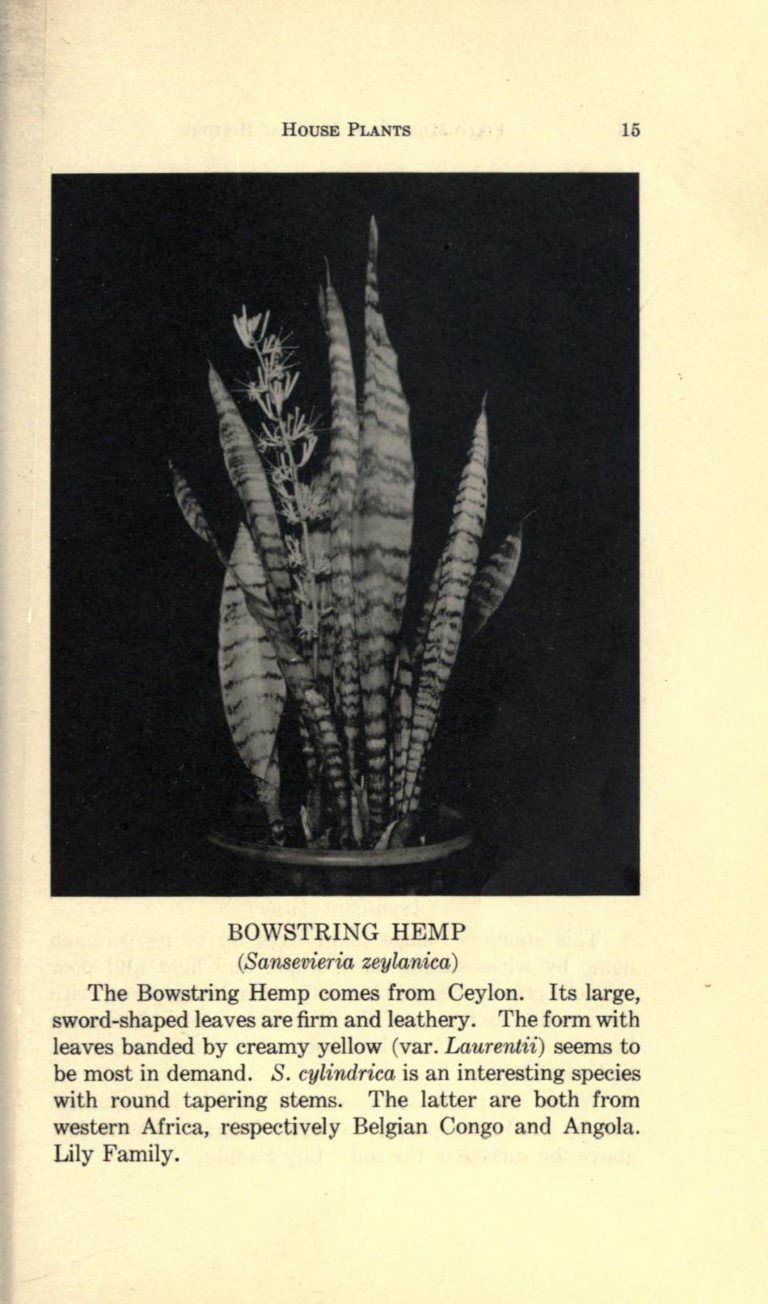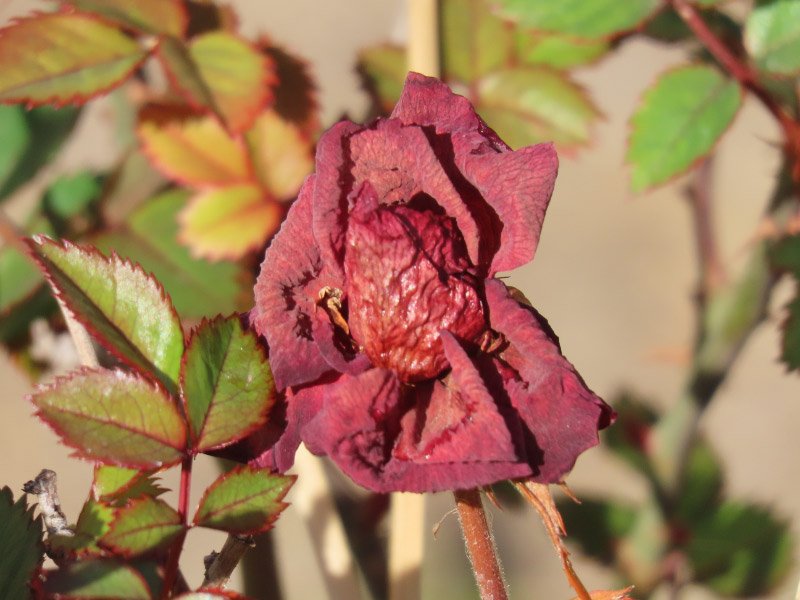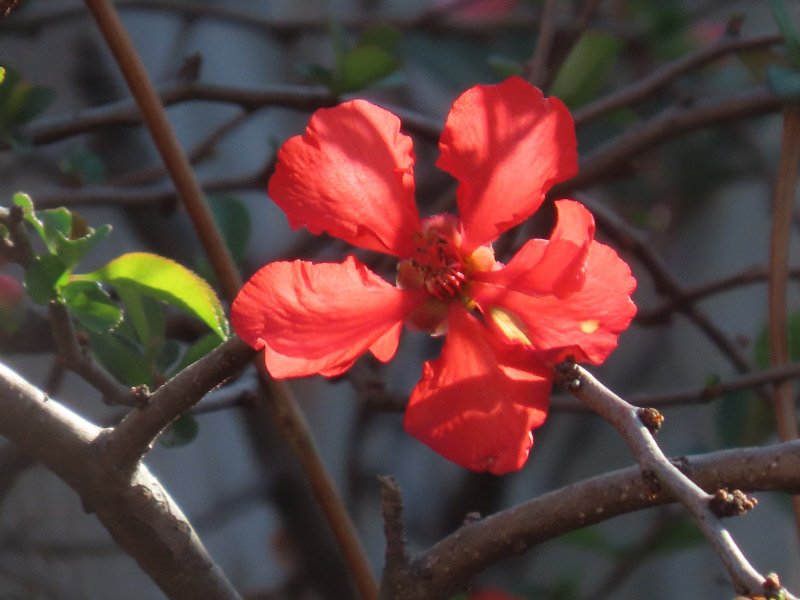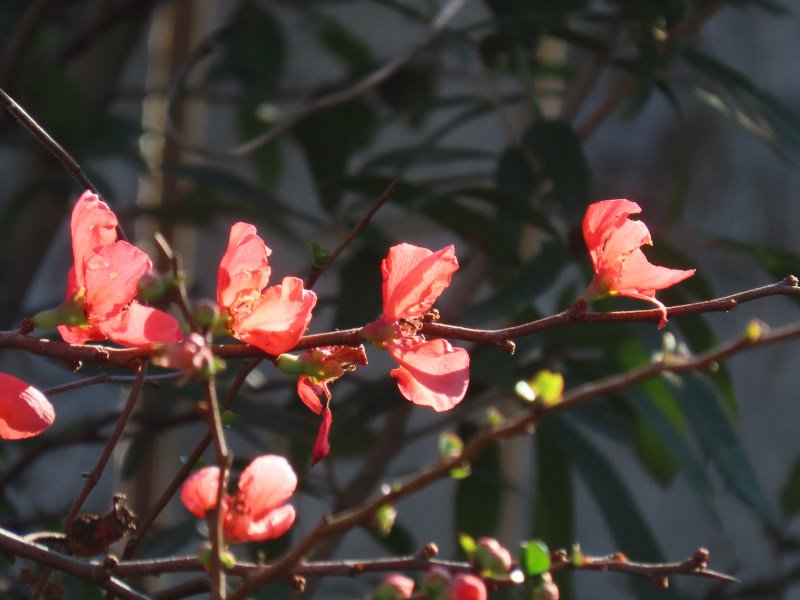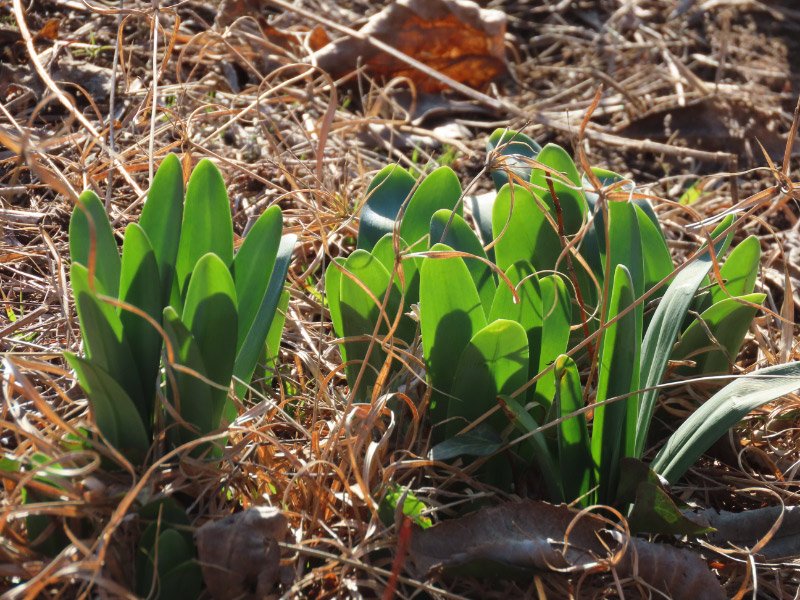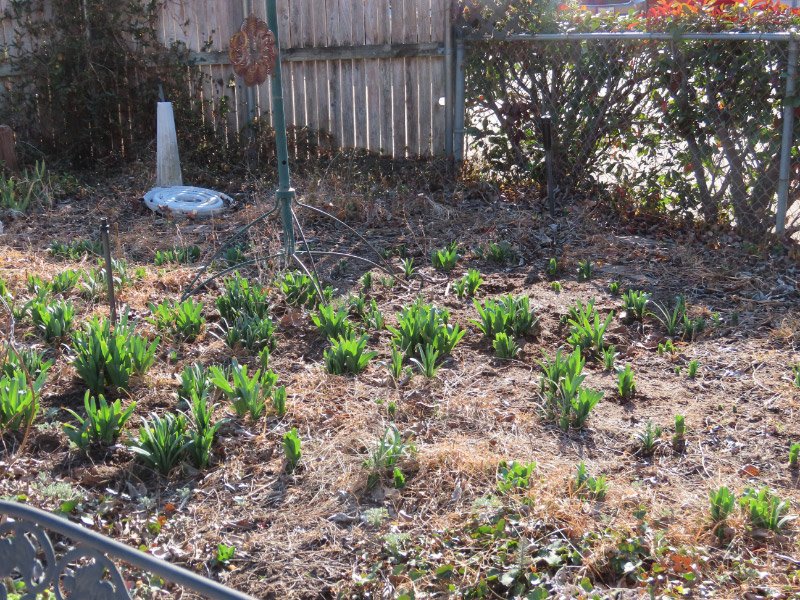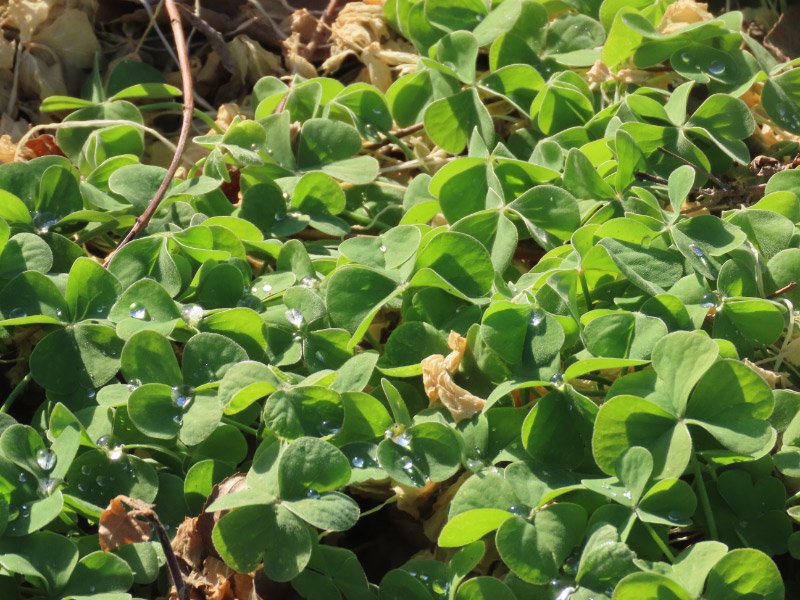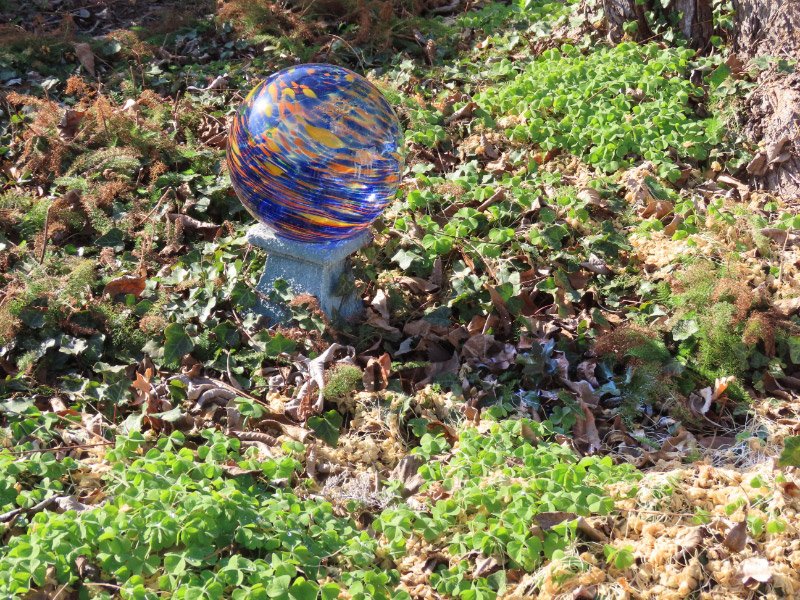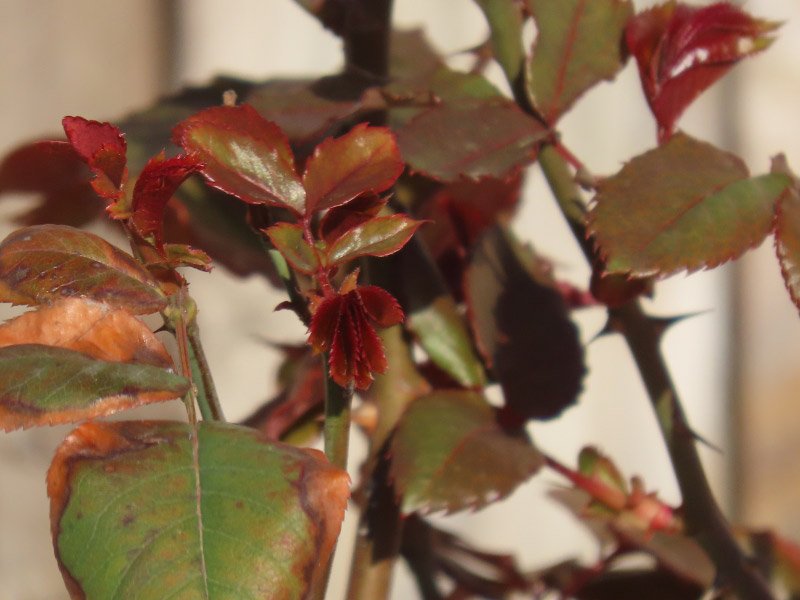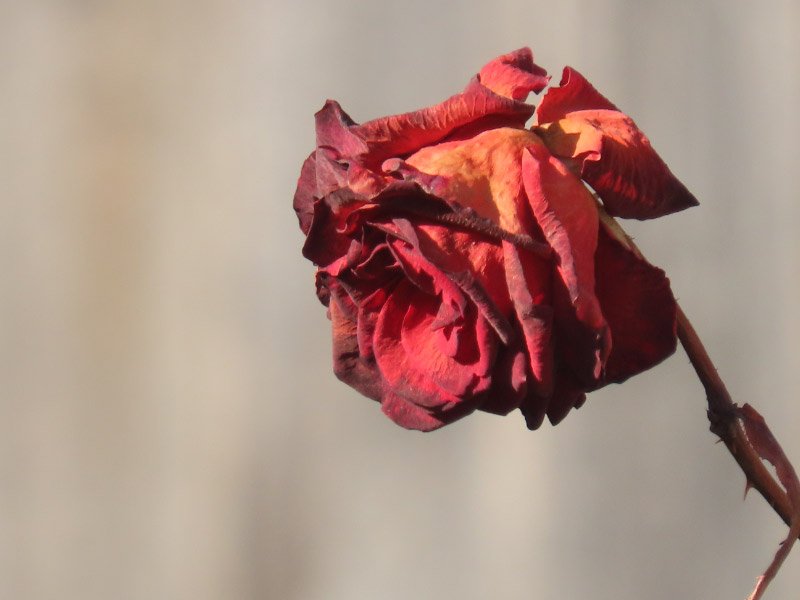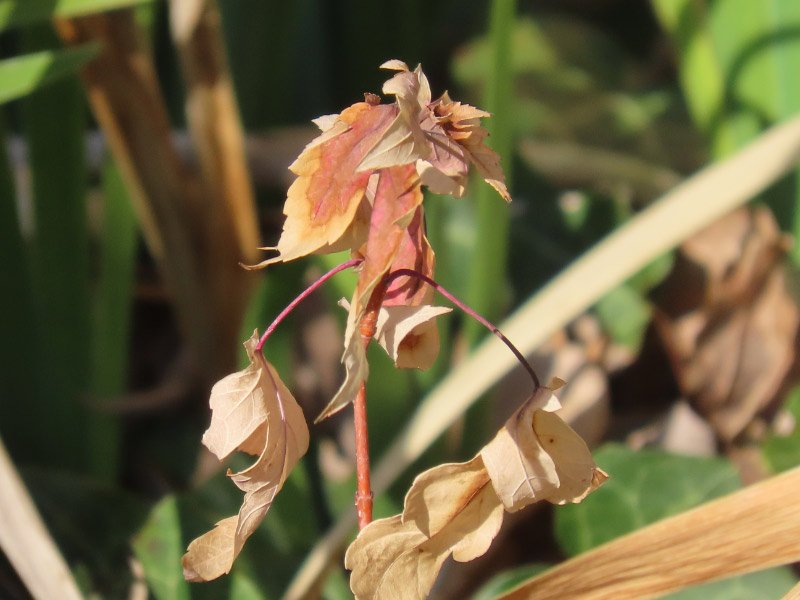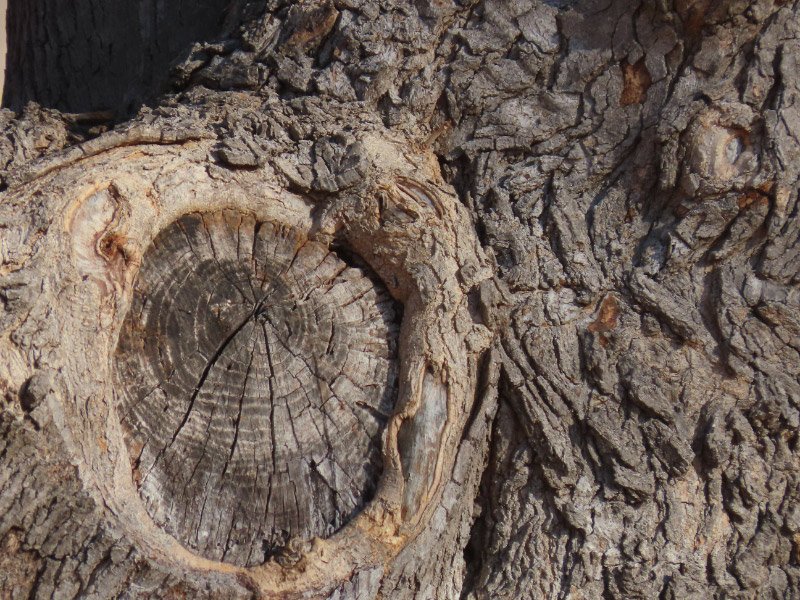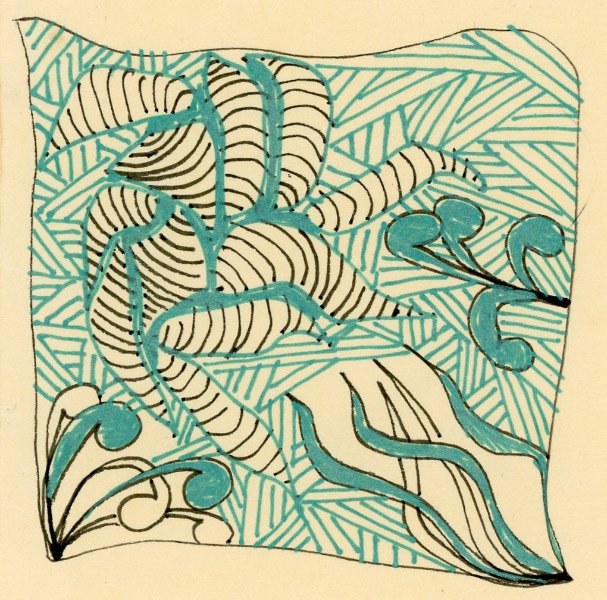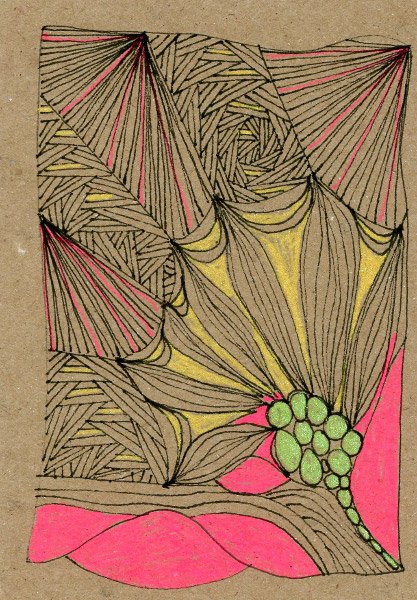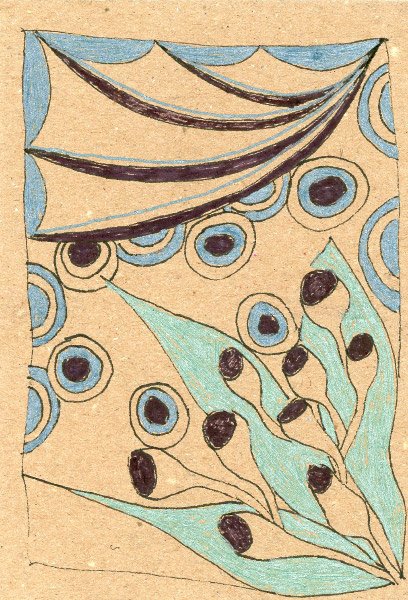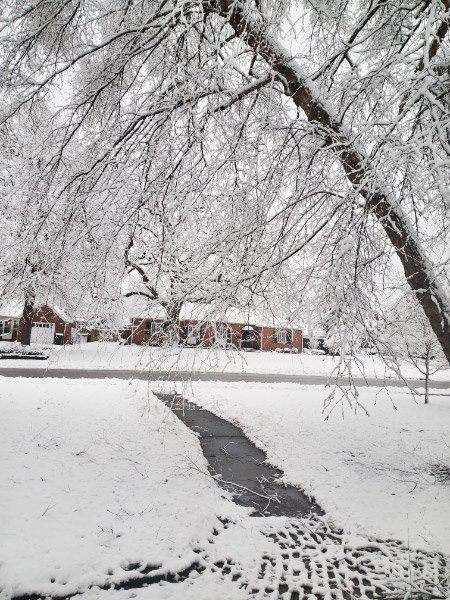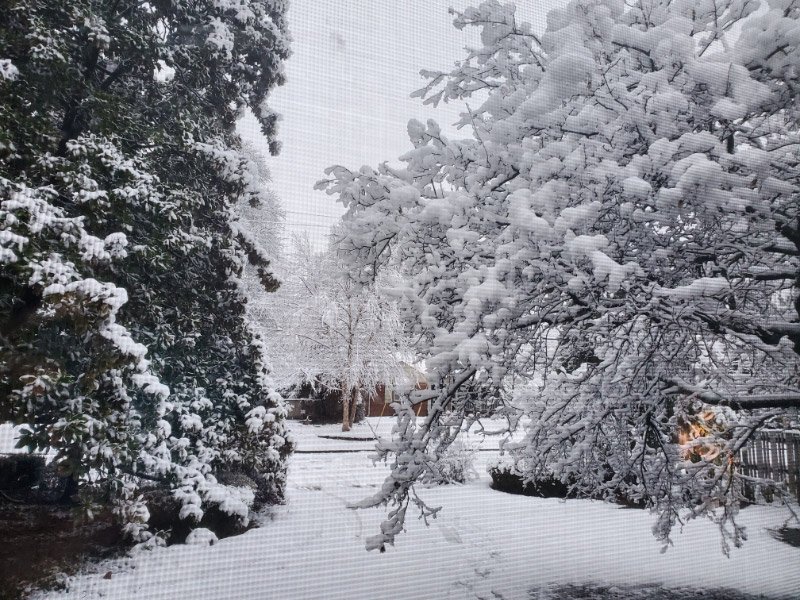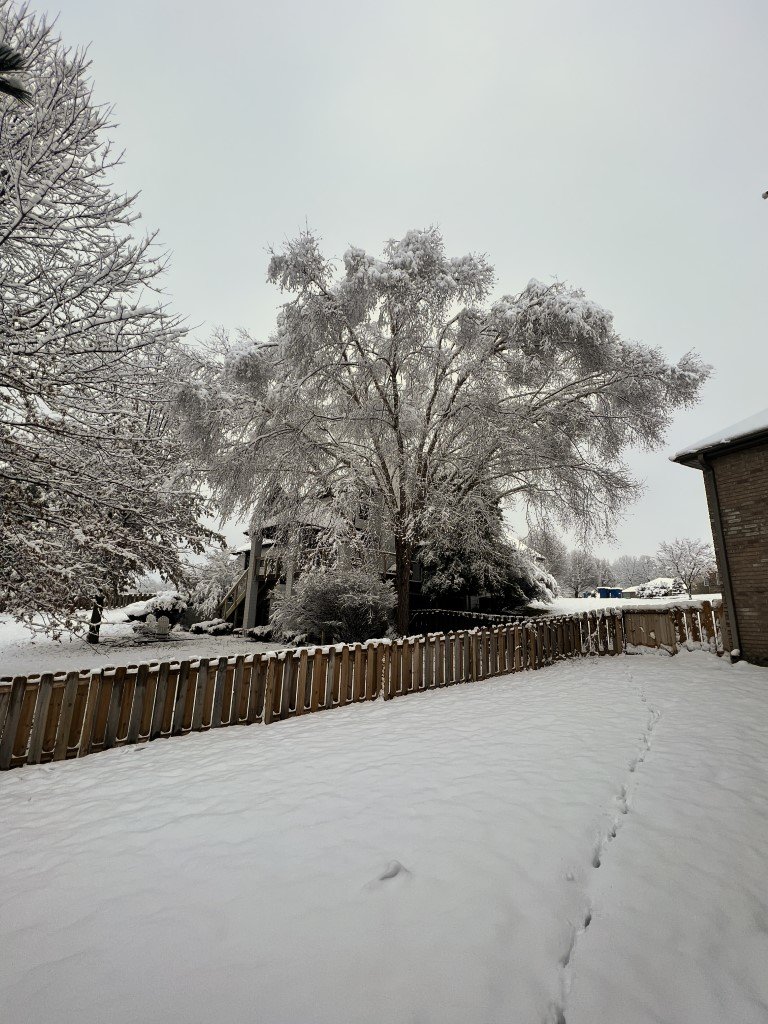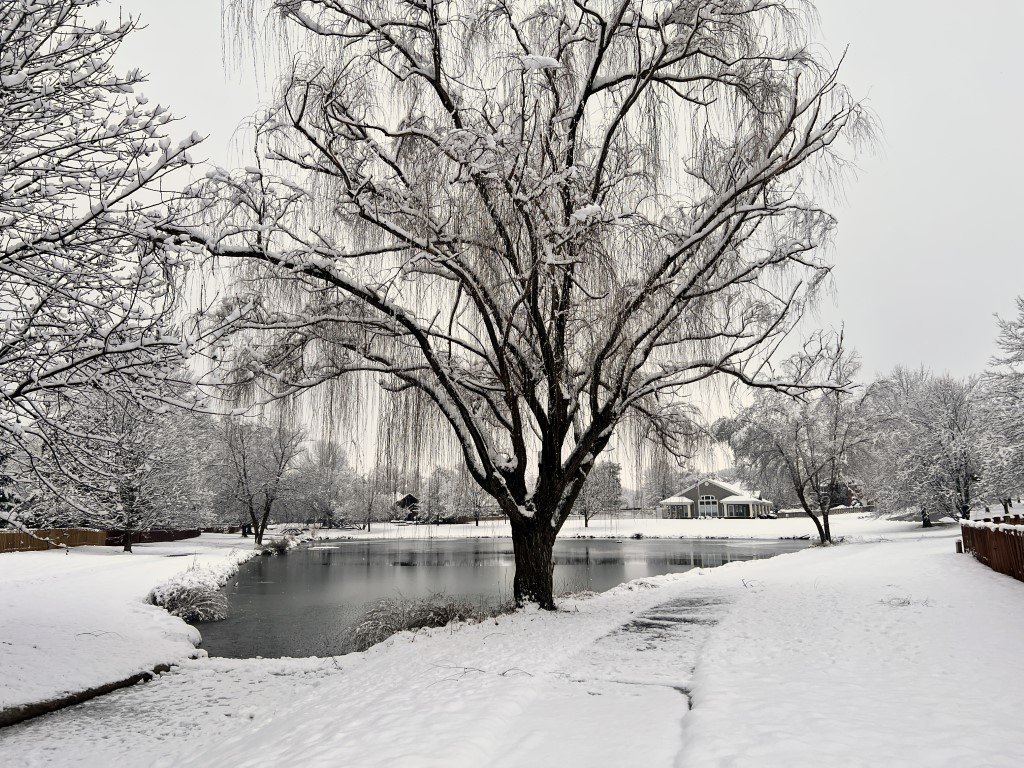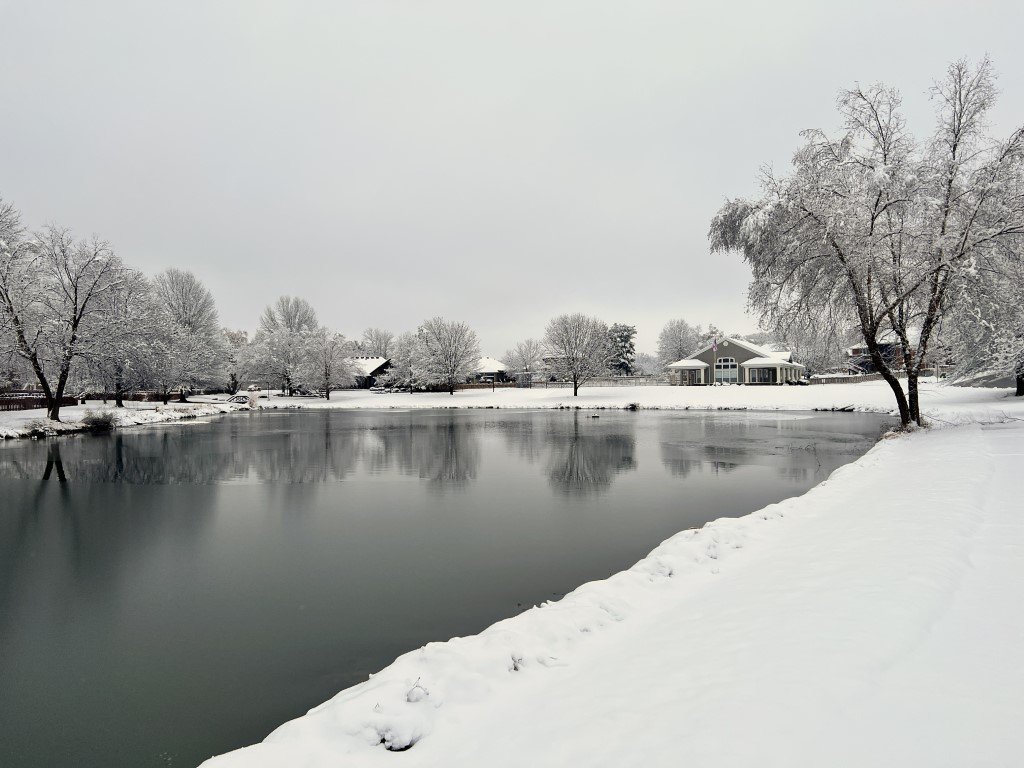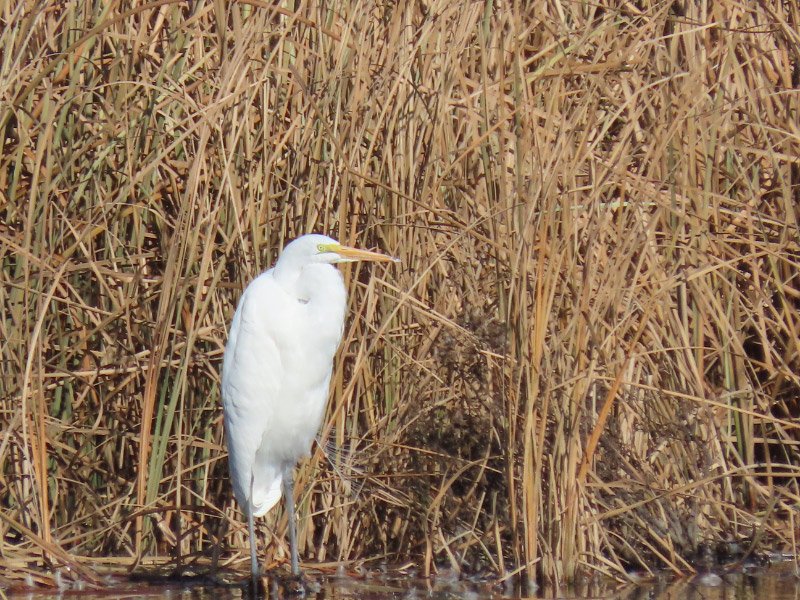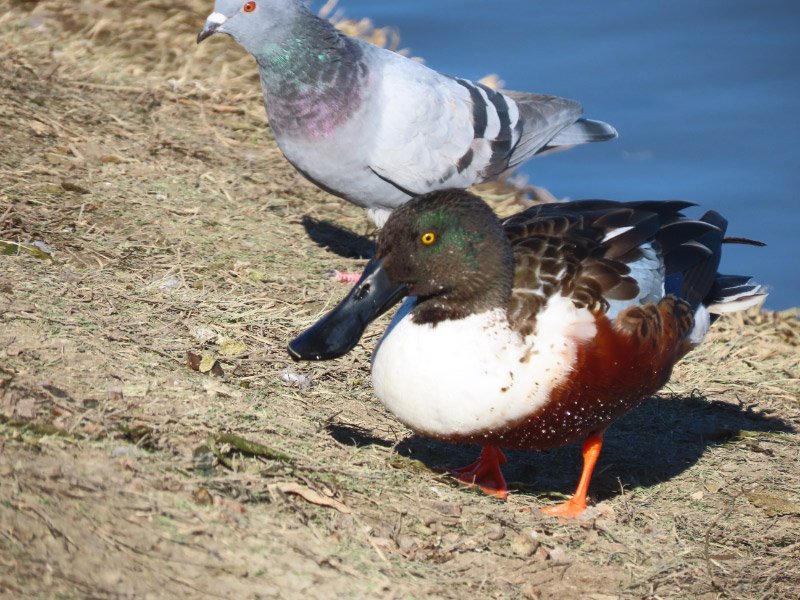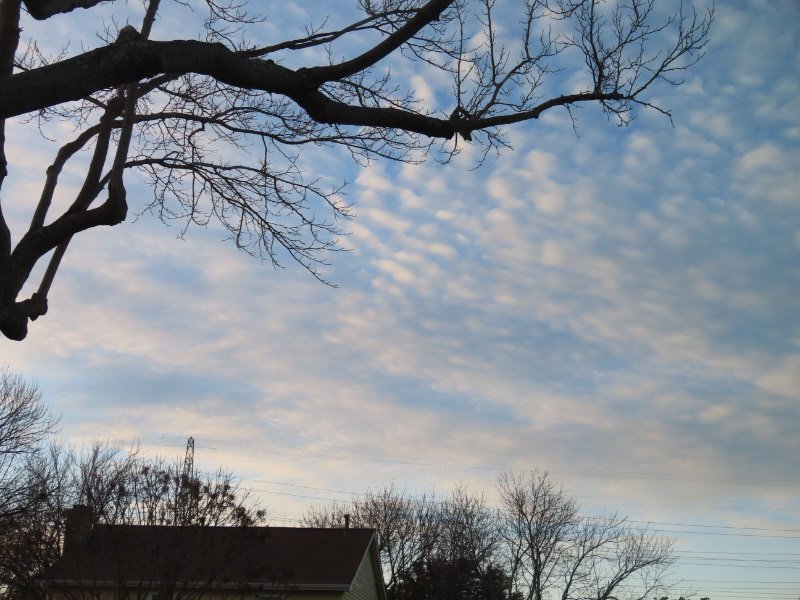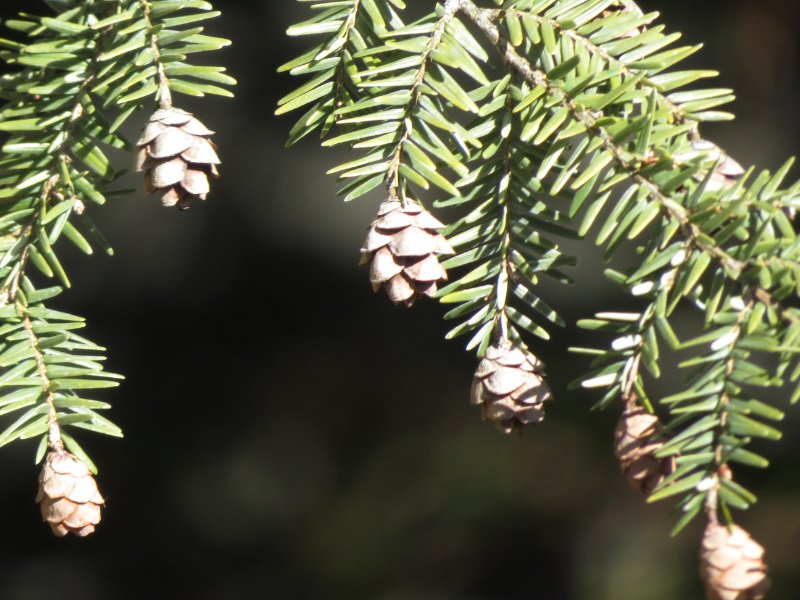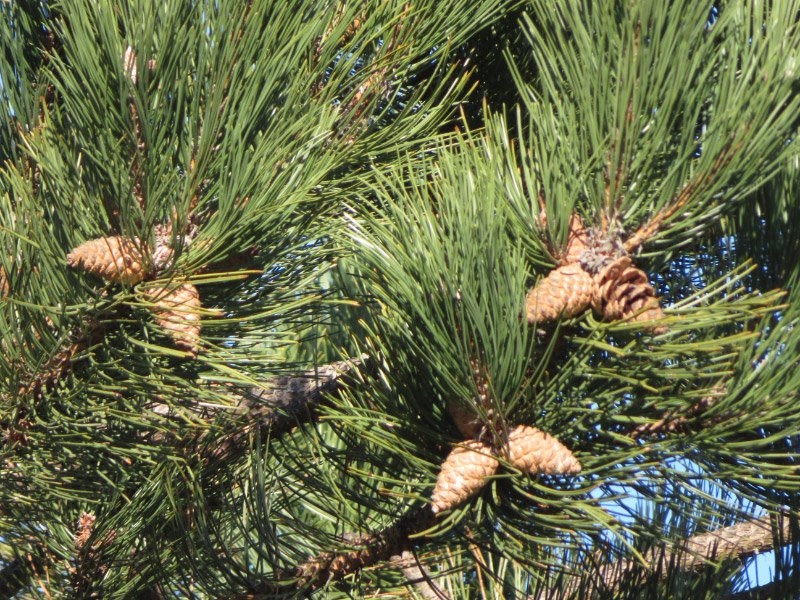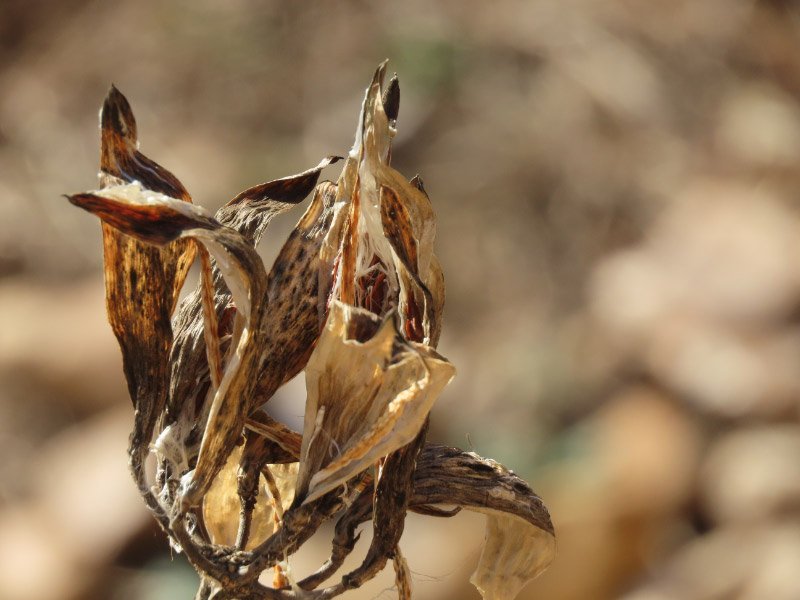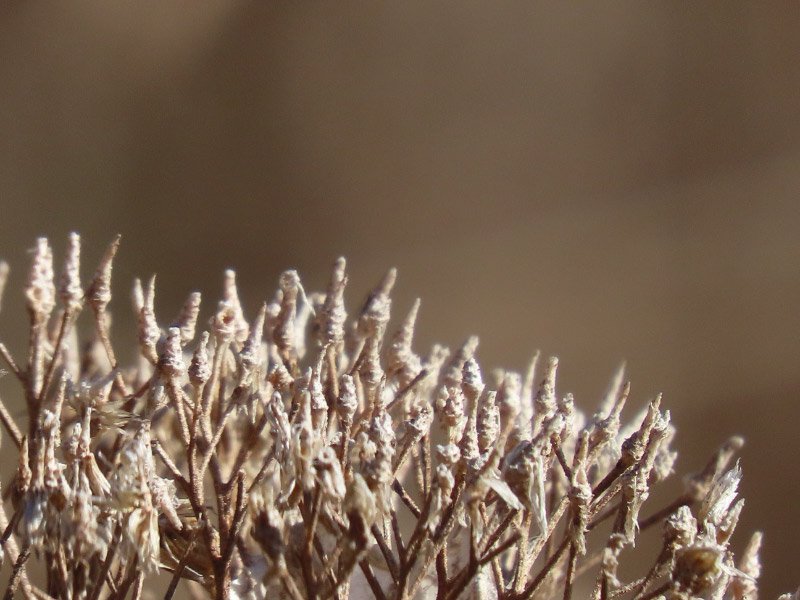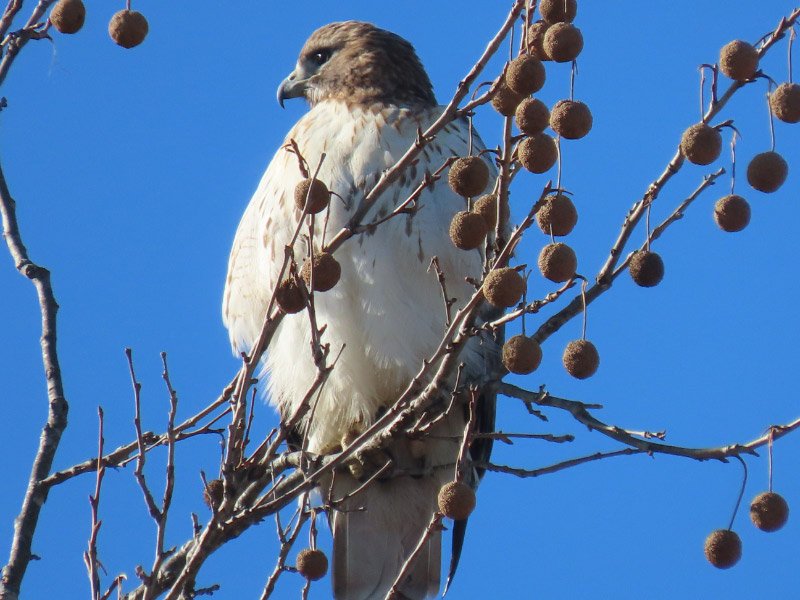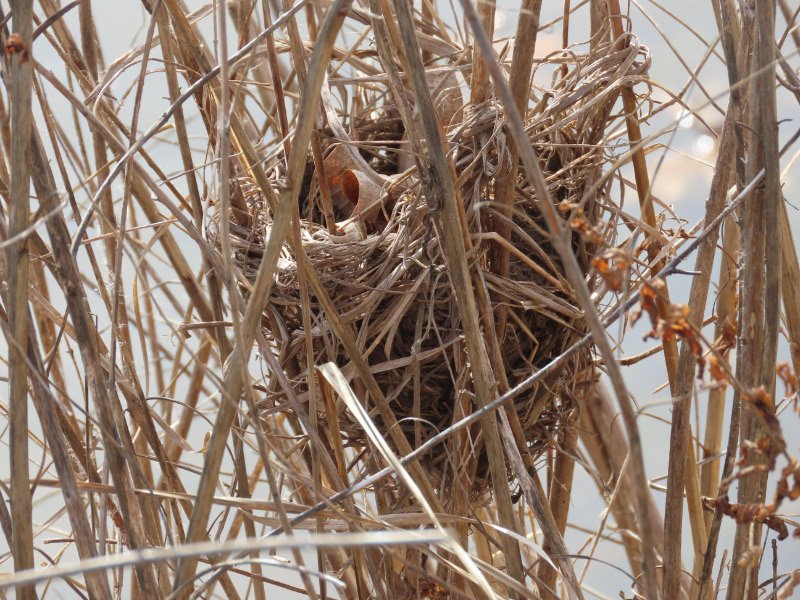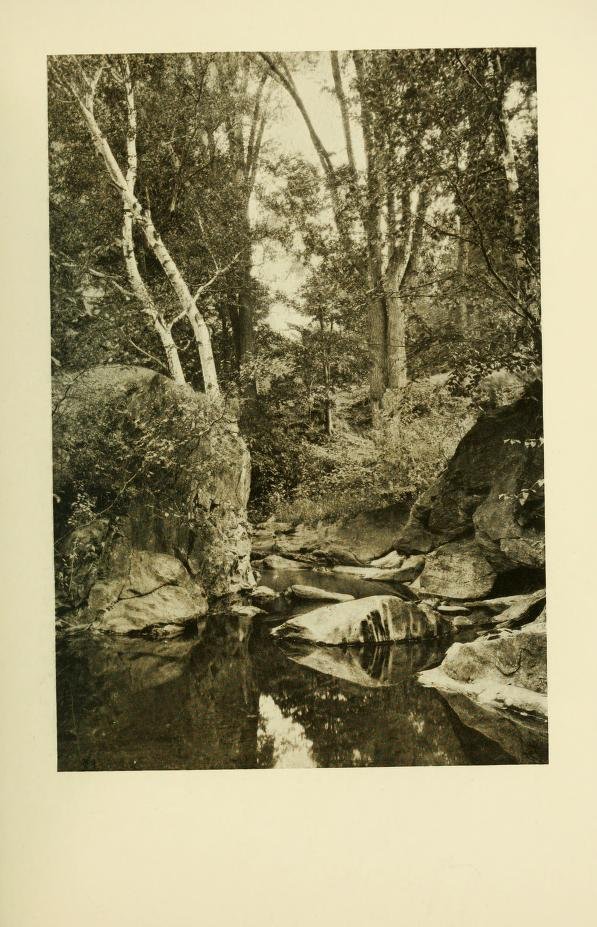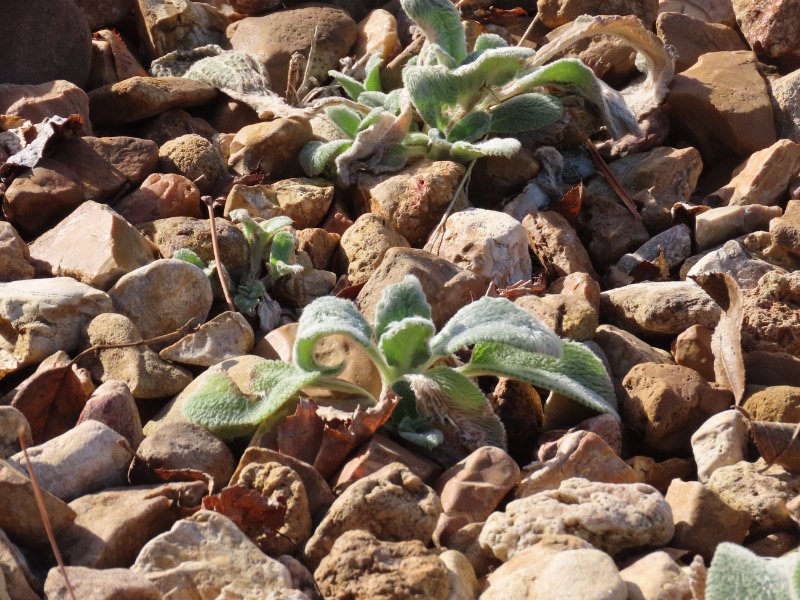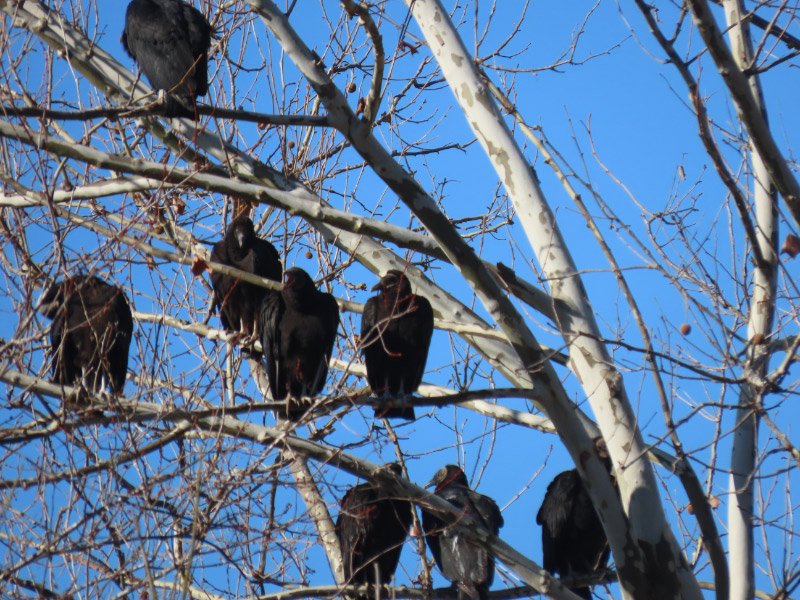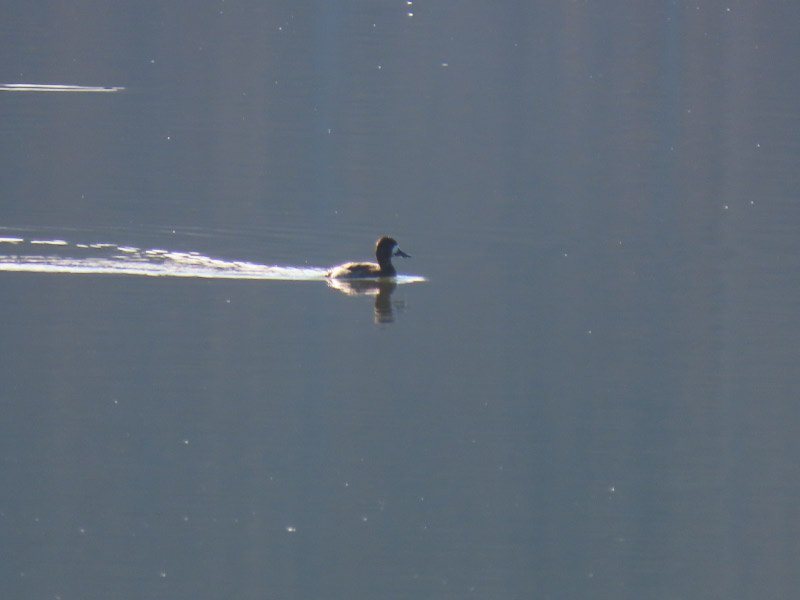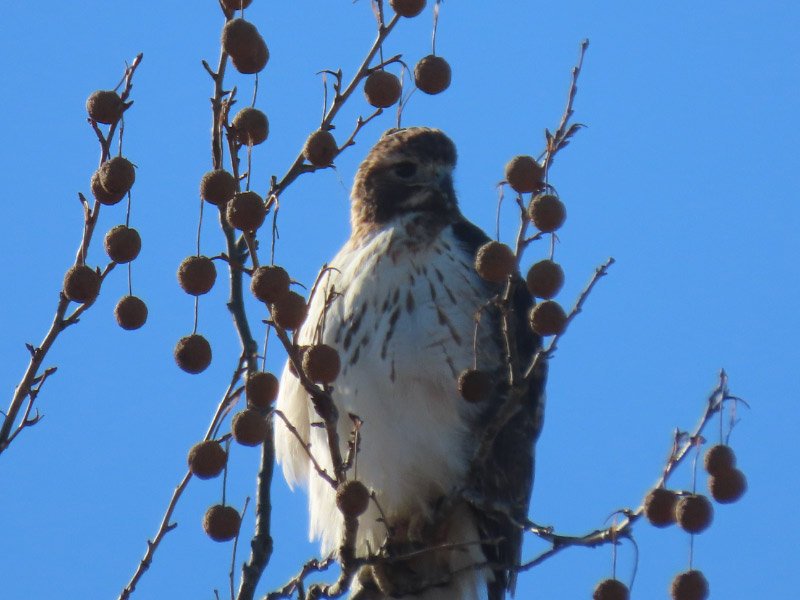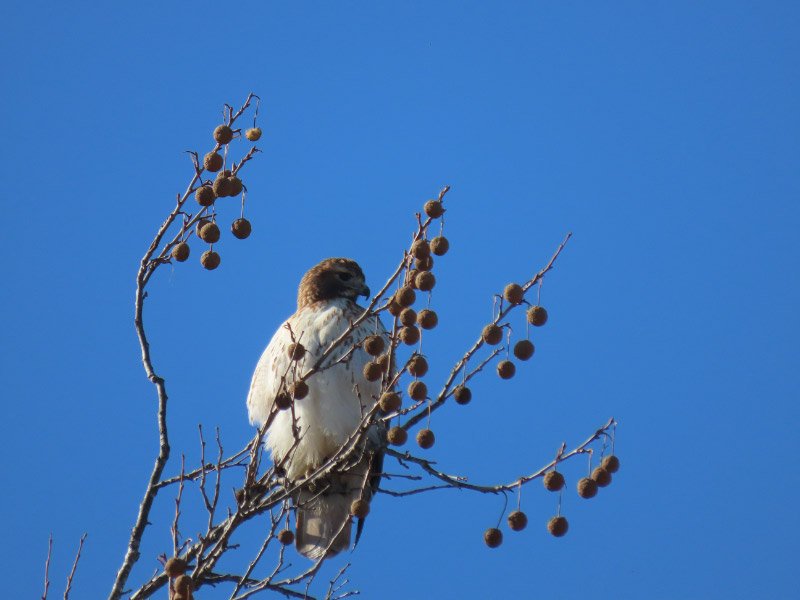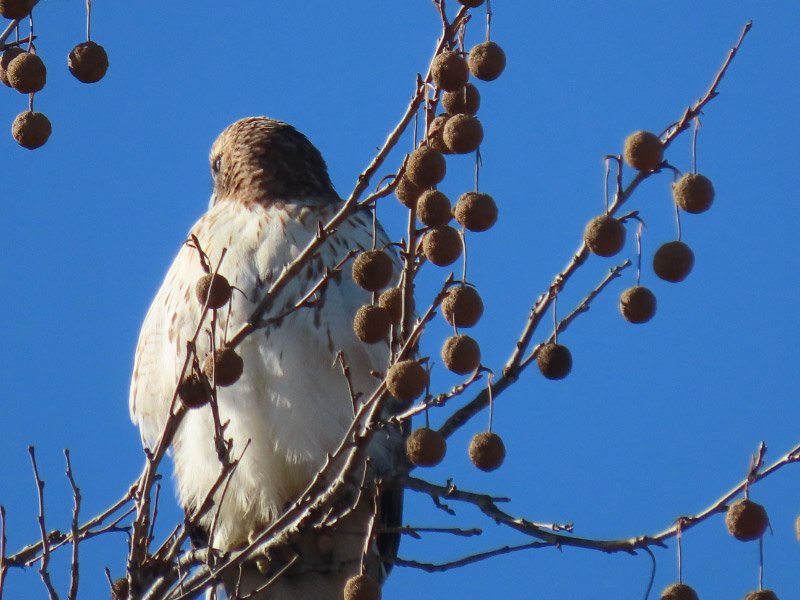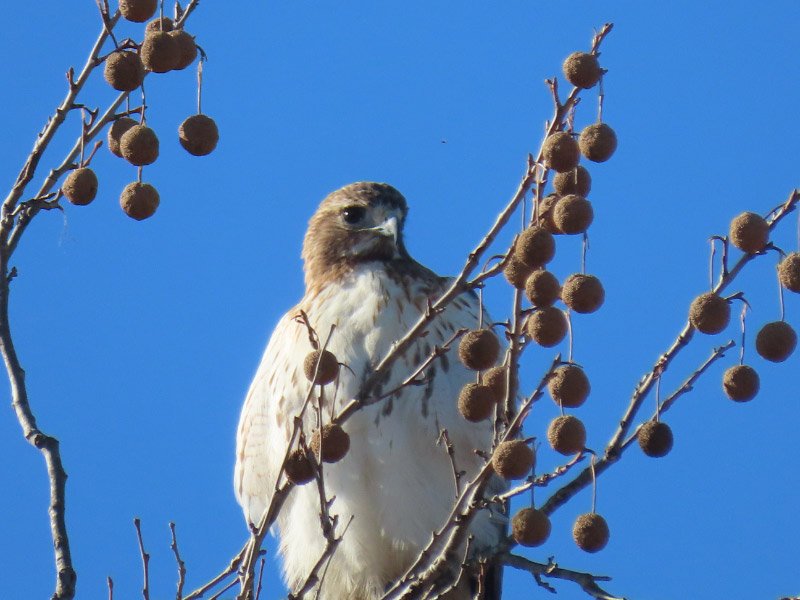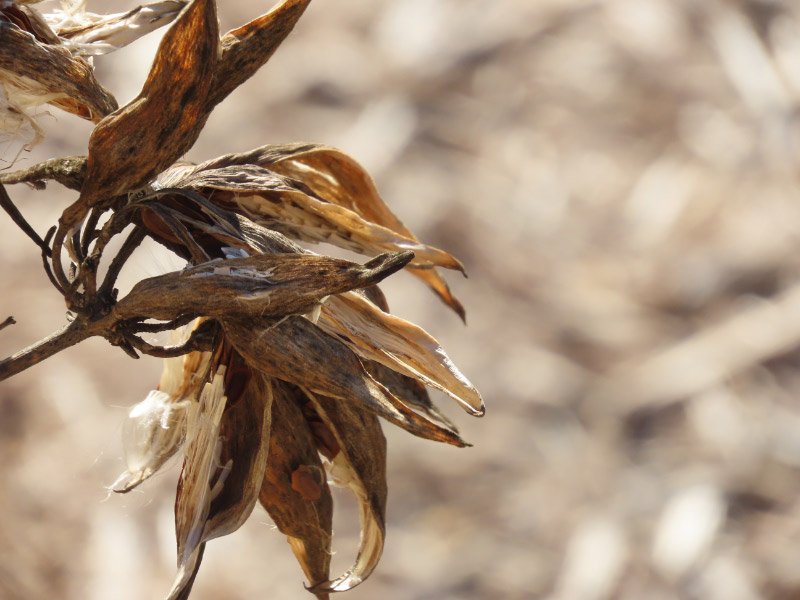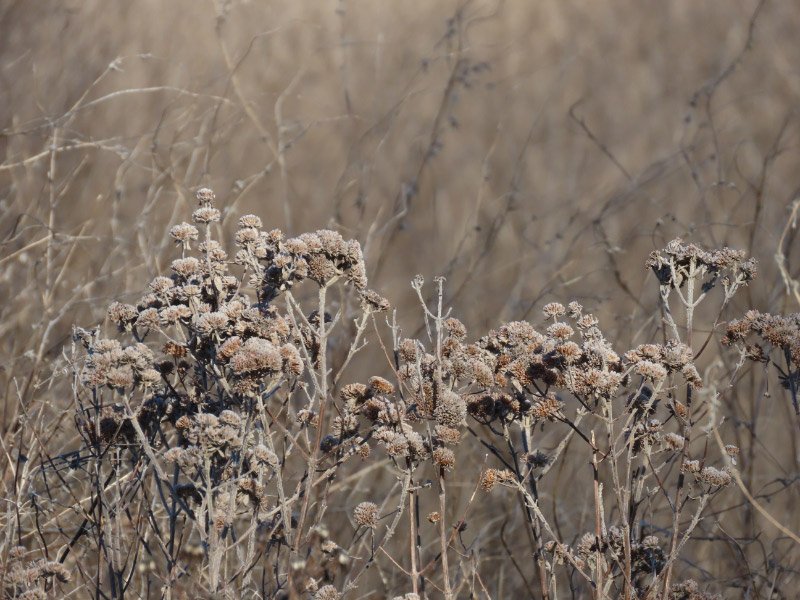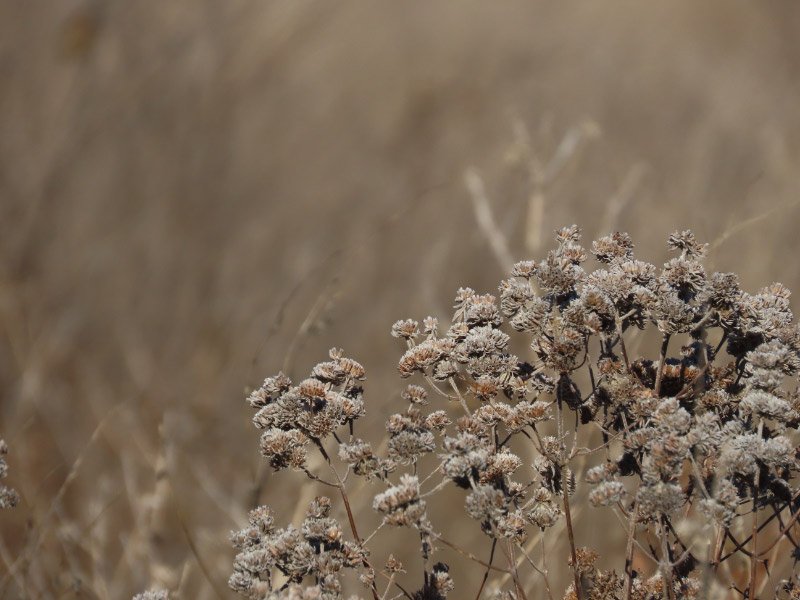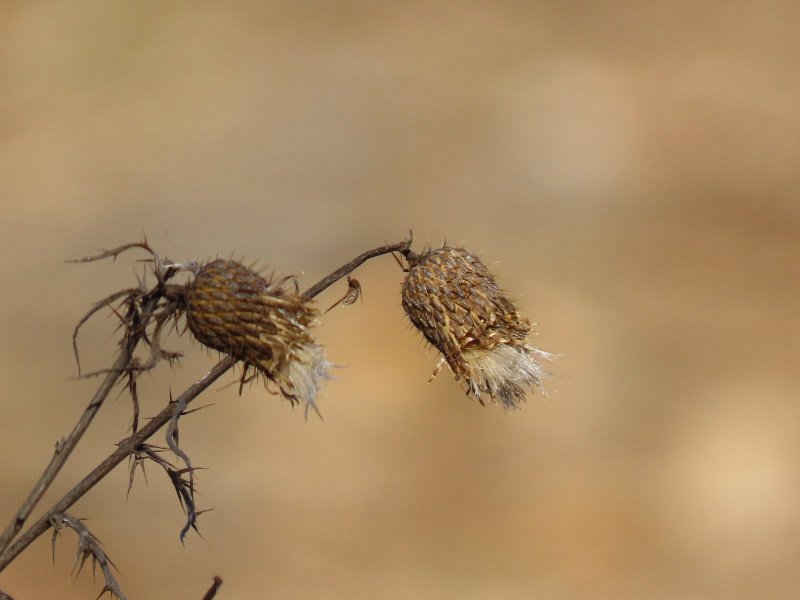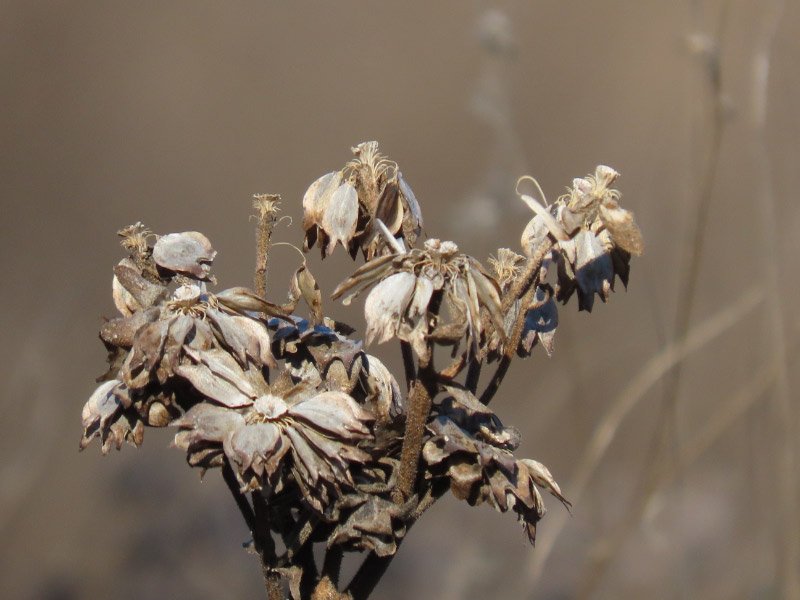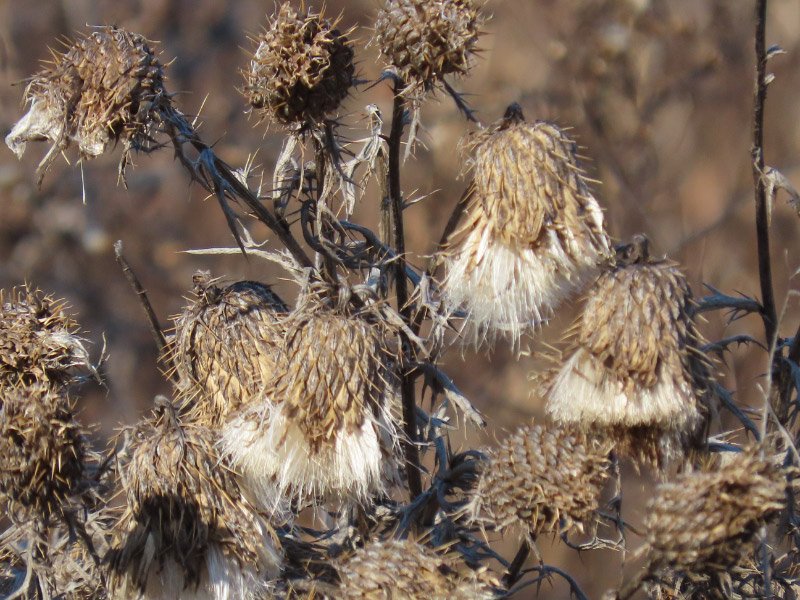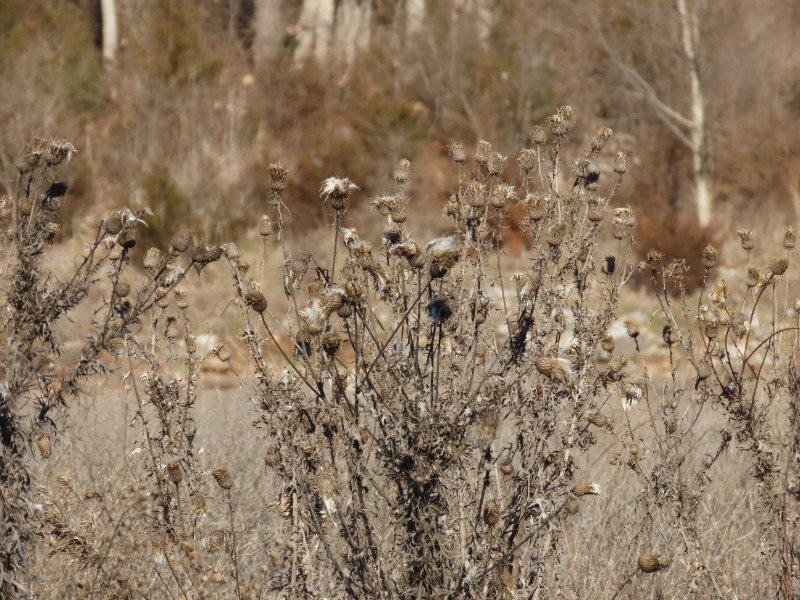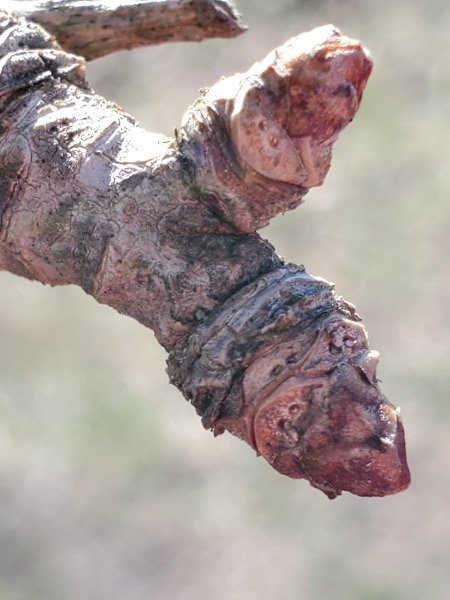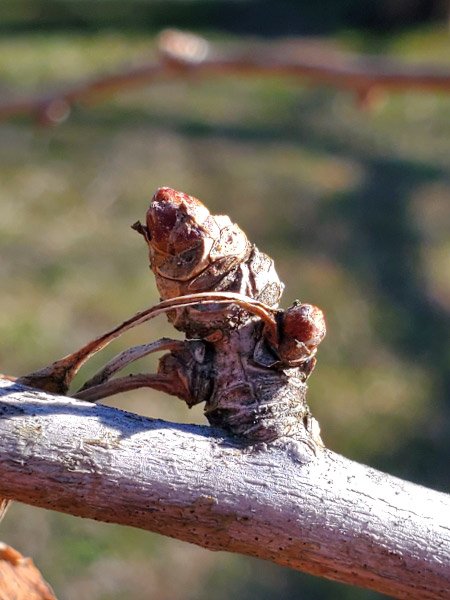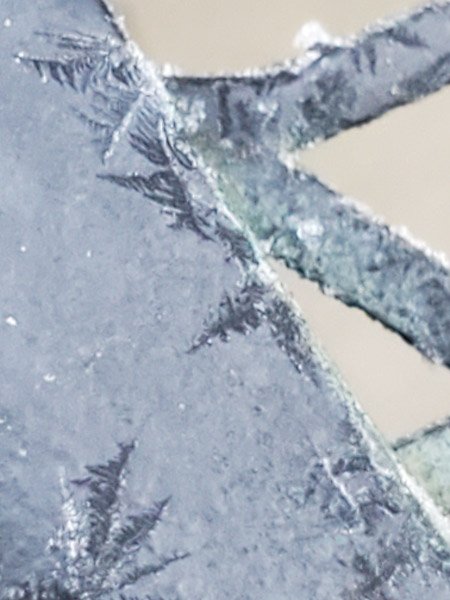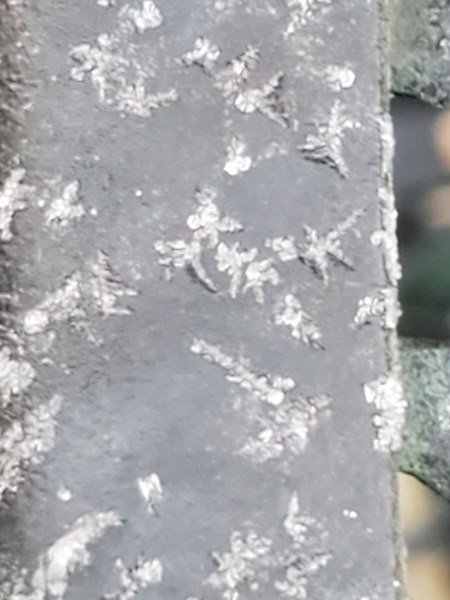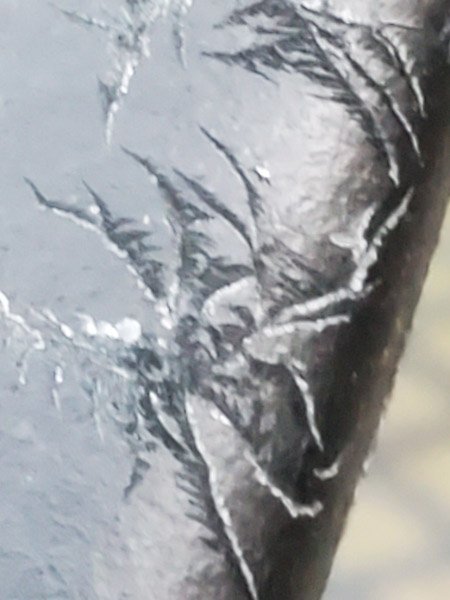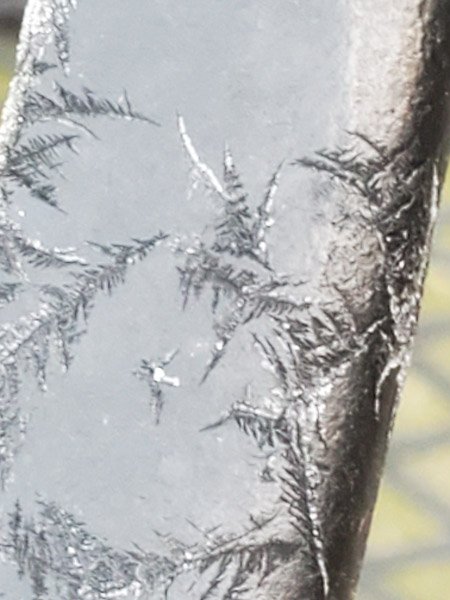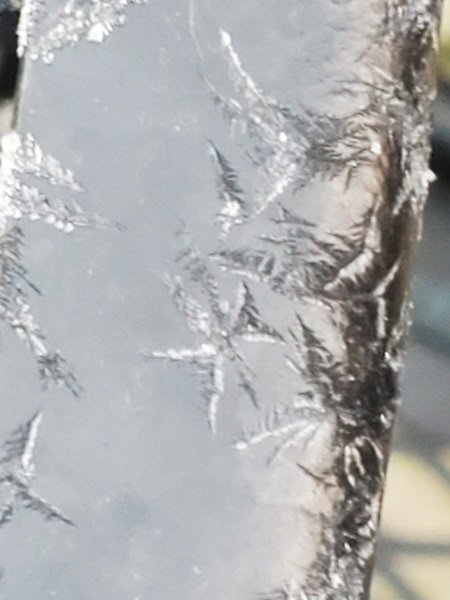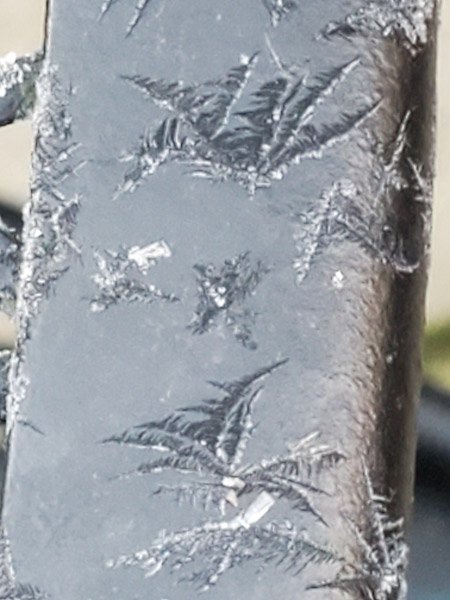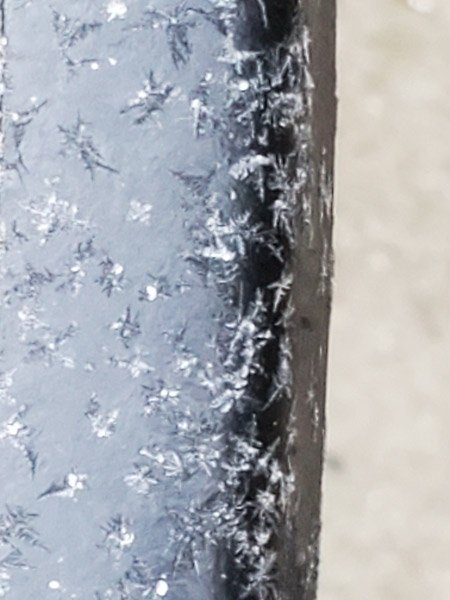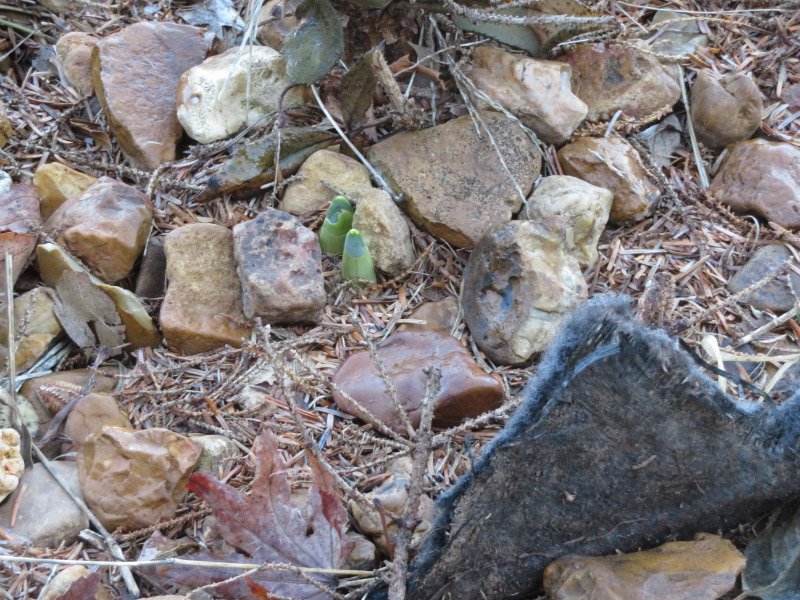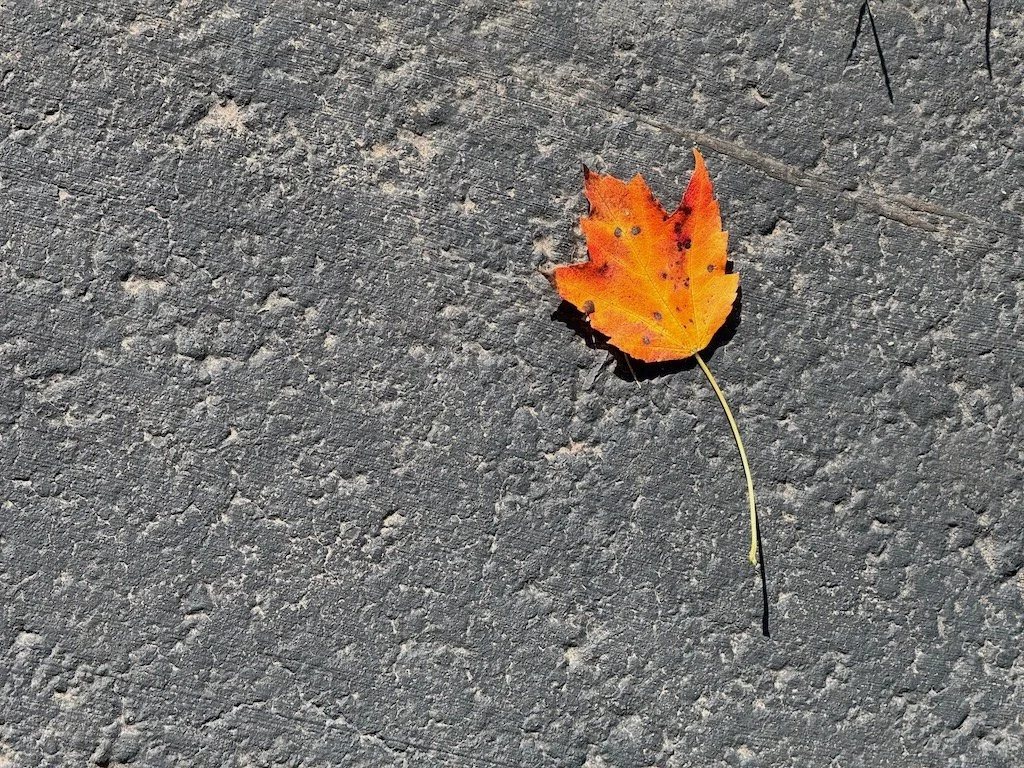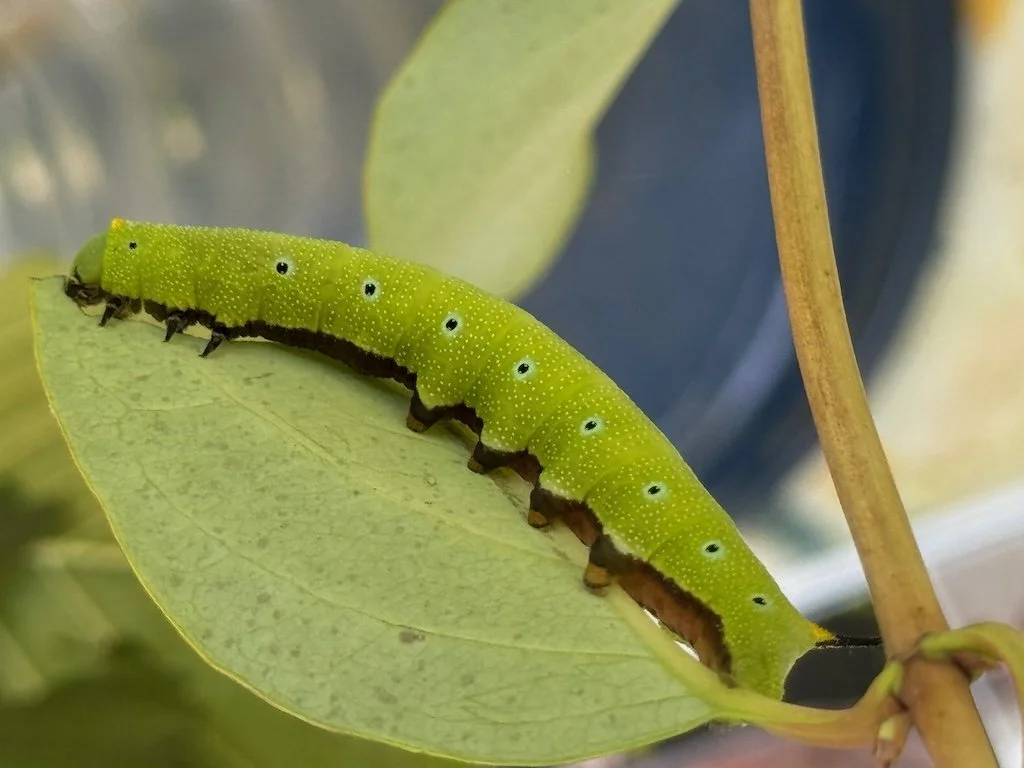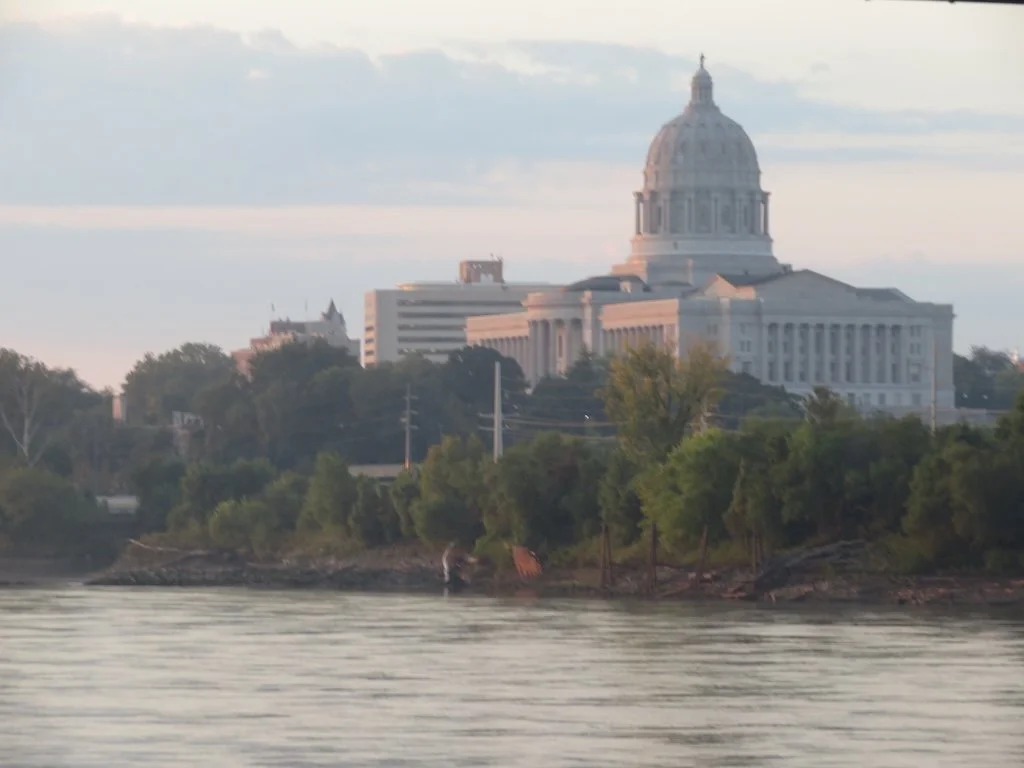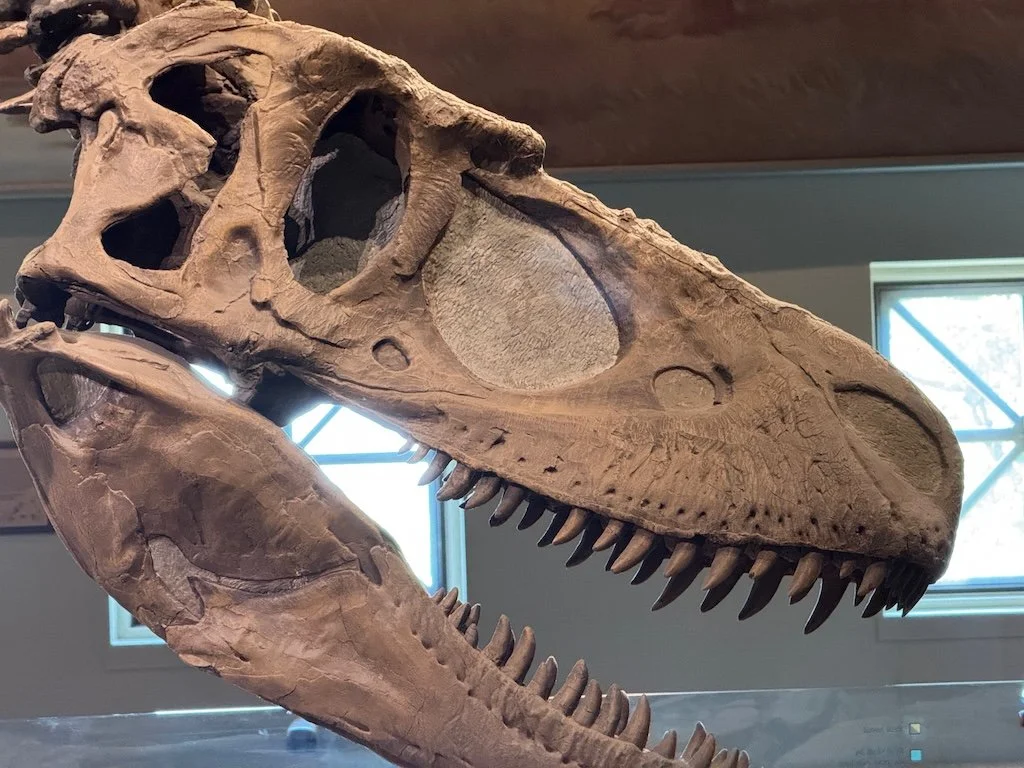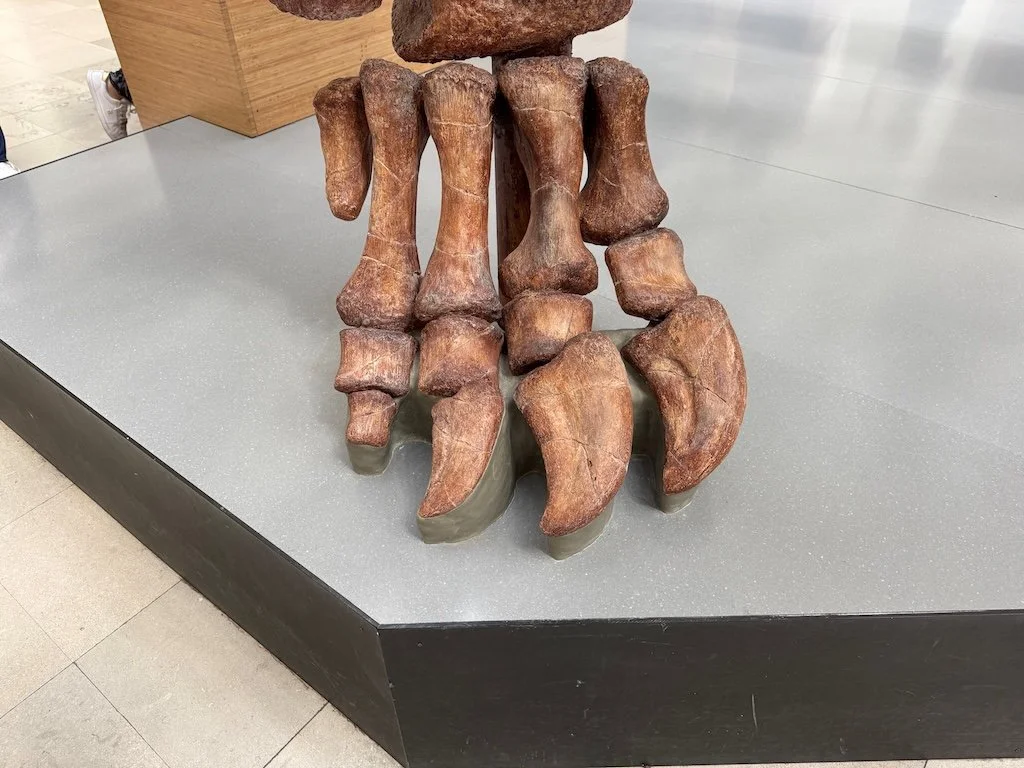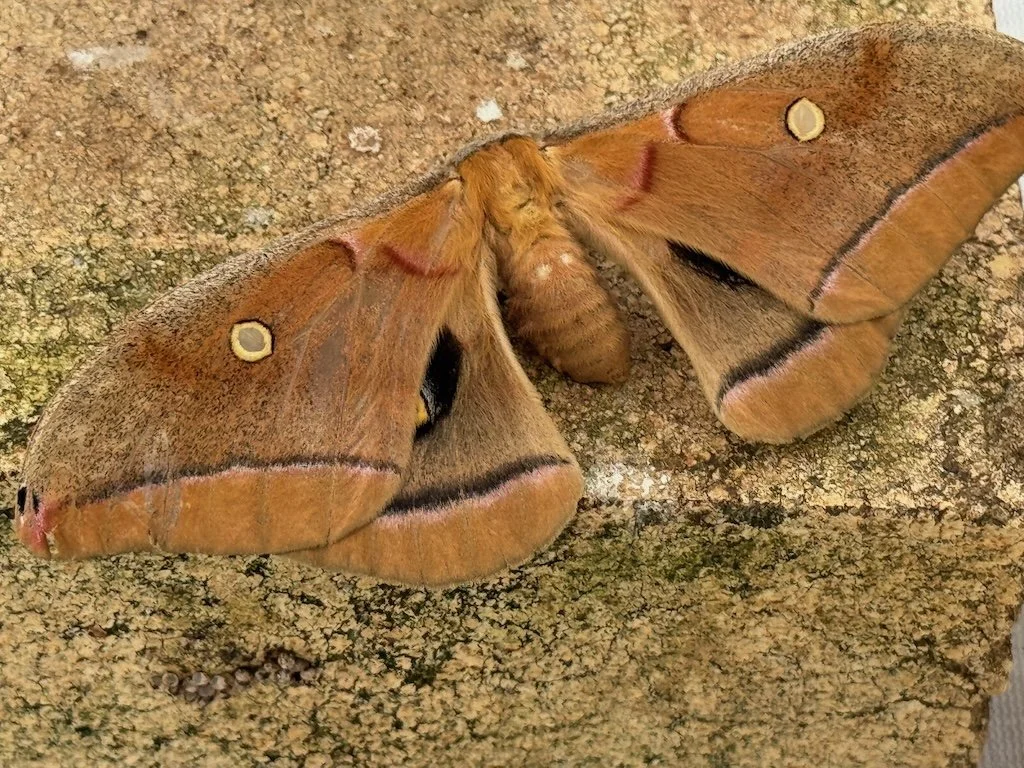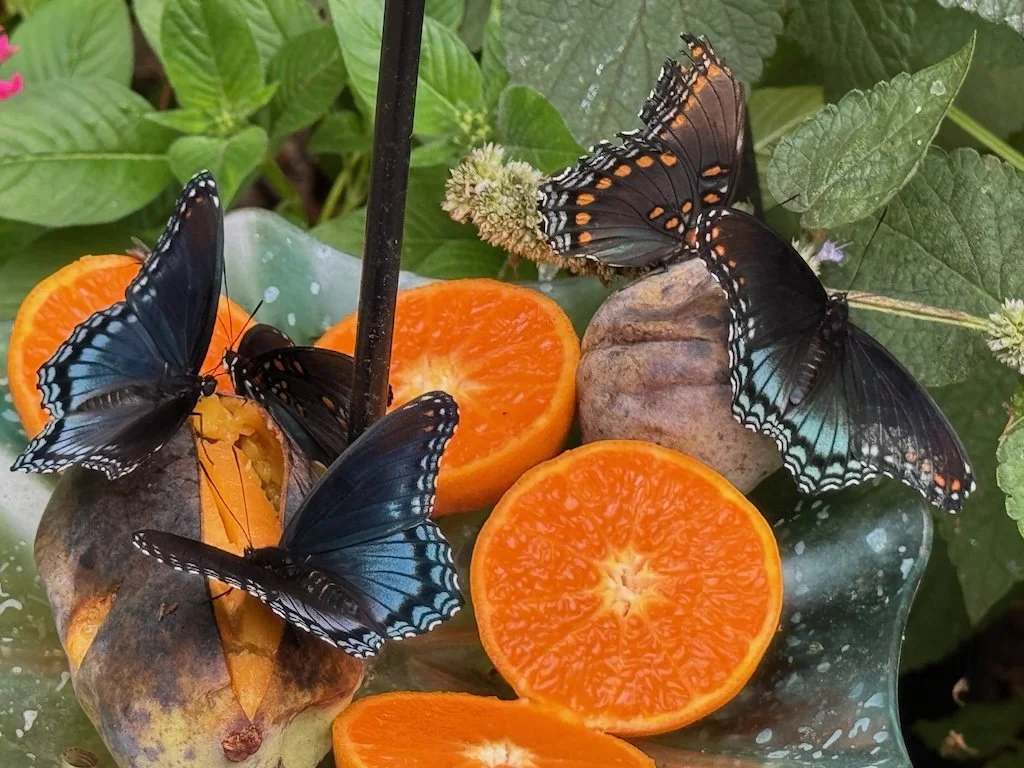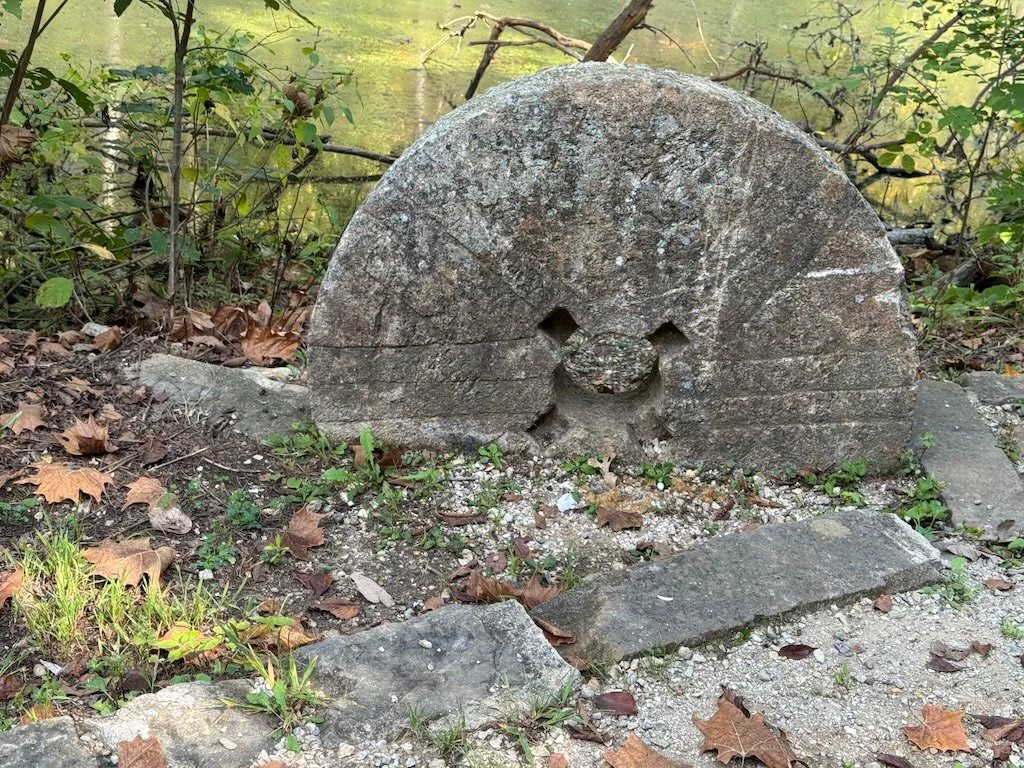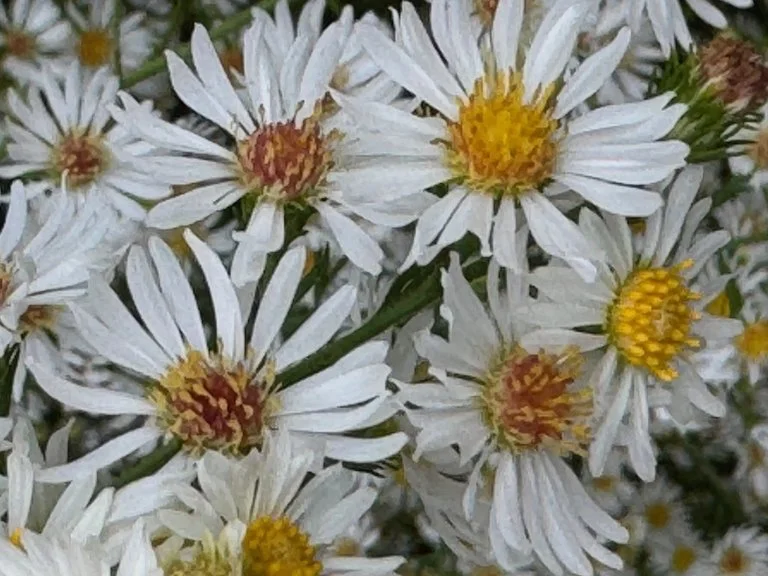Gleanings of the Week Ending February 4, 2023
/The items below were ‘the cream’ of the articles and websites I found this past week. Click on the light green text to look at the article.
Milk packaging influences its flavor – Light blocking containers are best….and plastic/glass is better than paperboard. So why aren’t paperboard cartons being phased out (they are also harder to recycle than plastic milk cartons).
Clean Energy Saw as Much Investment as Fossil Fuels for the First Time in 2022 – Good! And hopefully this will continue to be the case…and we don’t allow any fossil fuels to be counted as ‘clean.’
What Secrets Lie Beneath This 17th-Century French Aristocrat’s Smile? – Decaying teeth and an ivory prosthesis (in front) held in place with gold wire….and a woman kept her smile and place in society.
A curious Colorado bear strikes a pose for 400 selfies on a wildlife camera – A bear that noticed the camera!
Leprosy: the ancient disease scientists can’t solve – There is treatment…but diagnosis is complicated and there is no cure. And we still don’t know how it is transmitted.
Researchers find rare 17-pound meteorite in Antarctic ice – A team spent a week and half in the Antarctic summer (14 degrees Fahrenheit…so still very cold) sleeping in tents and riding snowmobiles to search for meteorites. They found small ones….and a big one!
New mosquito repellents that work better than DEET – Maybe the next generation mosquito repellent?
In 2021, 20% of electricity in the US was generated from renewable sources – And wind surpassed hydroelectric in 2019 as the predominant renewable source. Hopefully, the percentage of electricity from renewables will go up quickly in the coming years.
Three grizzly bears tested positive for avian flu in Montana - The animals were euthanized in the fall; suspected to have rabies, they tested negative. But they were positive for avian flu. The bears were ‘in poor condition and exhibited disorientation and partial blindness, among other neurological issues.’ So – the current outbreak of avian flu that has impacted wild and domestic birds (more the 52 million have been killed or culled to contain the virus) is impacting more than birds.
Drone video of moose shedding its antlers – Wow – it happened so quickly; the video is only 16 seconds! The moose just shakes its body, and the antlers fall off. It seems to want to leave the scene quickly once they are off too.













